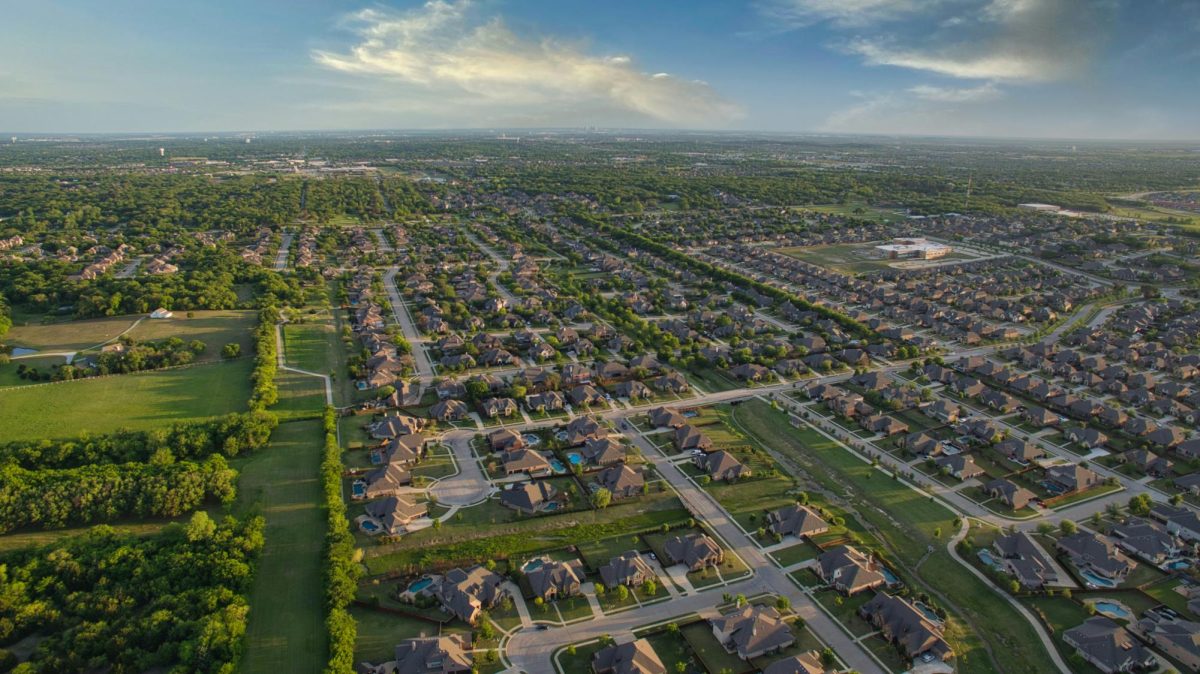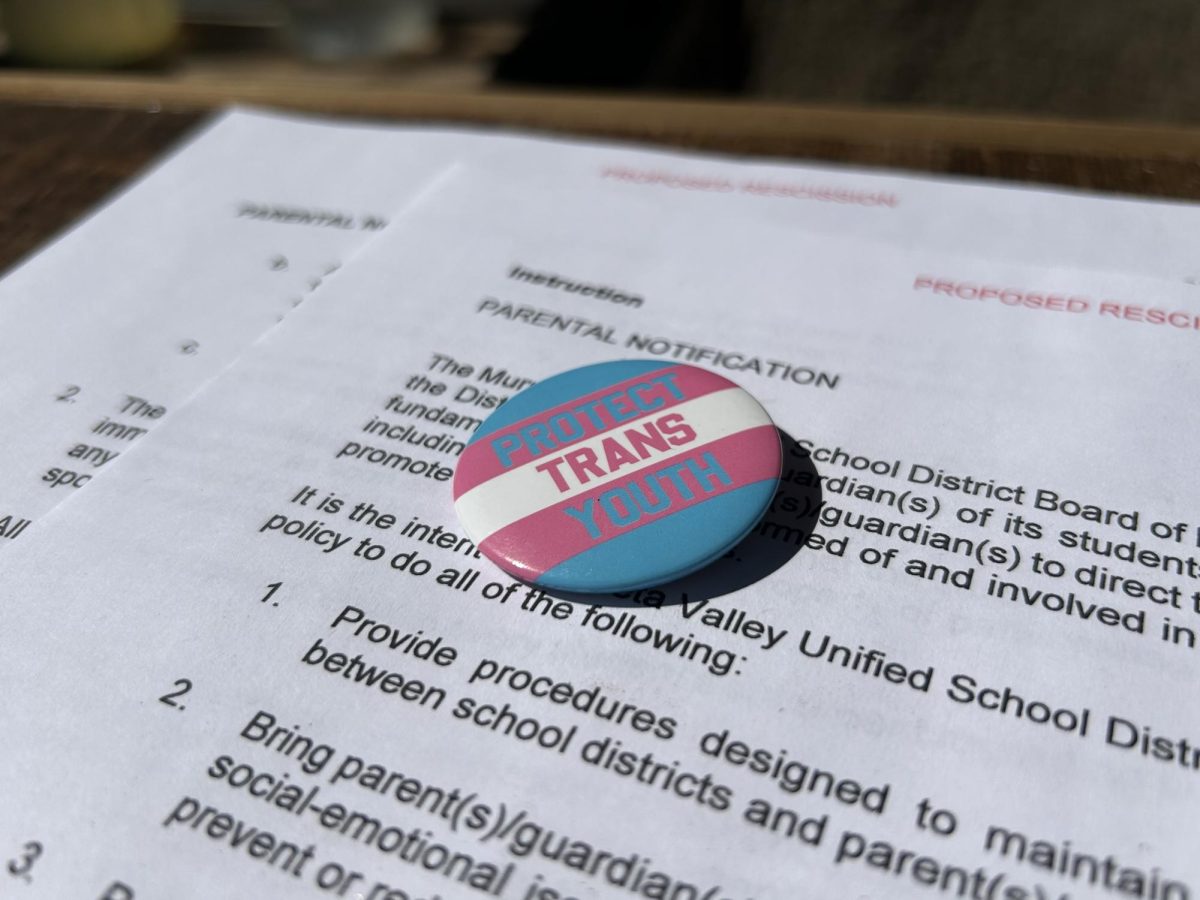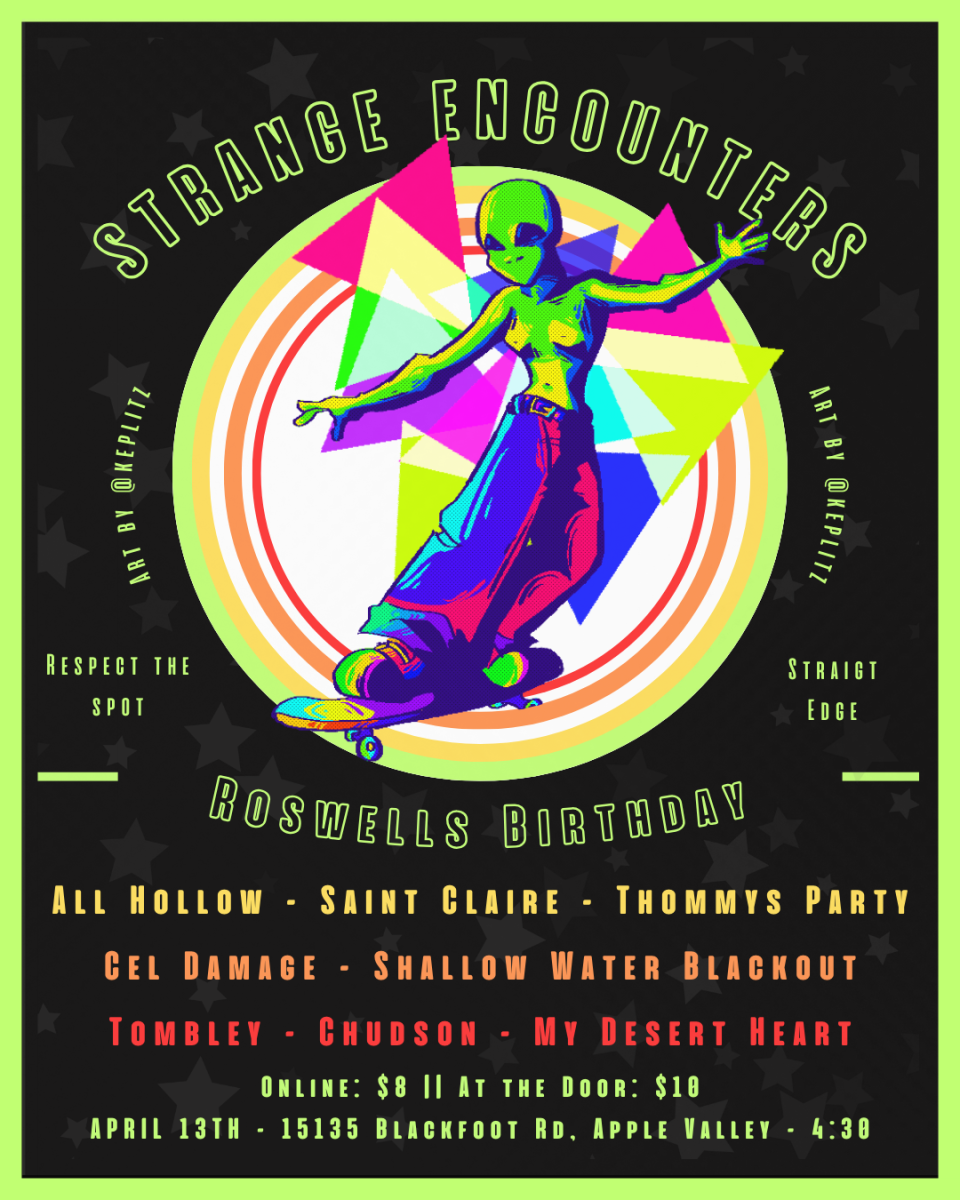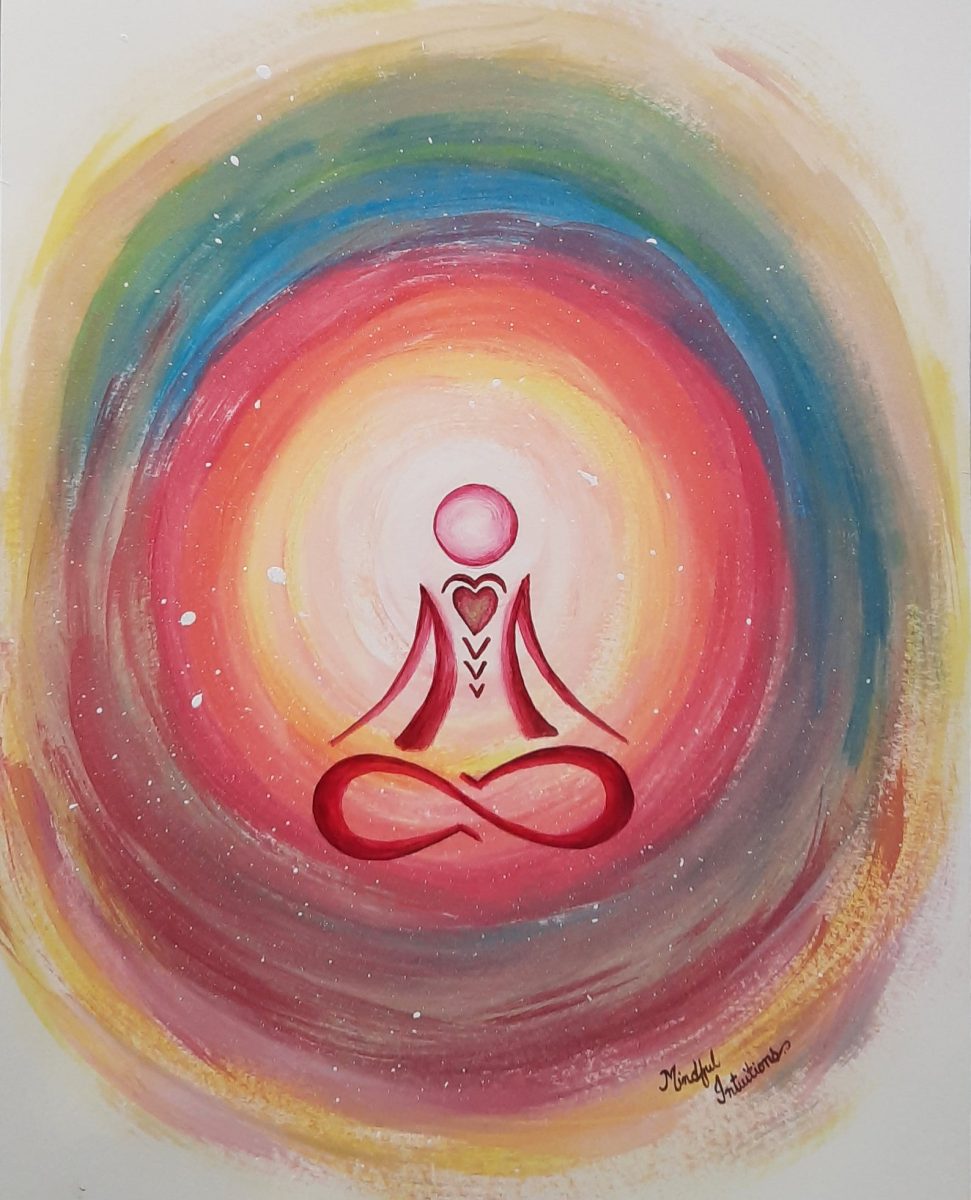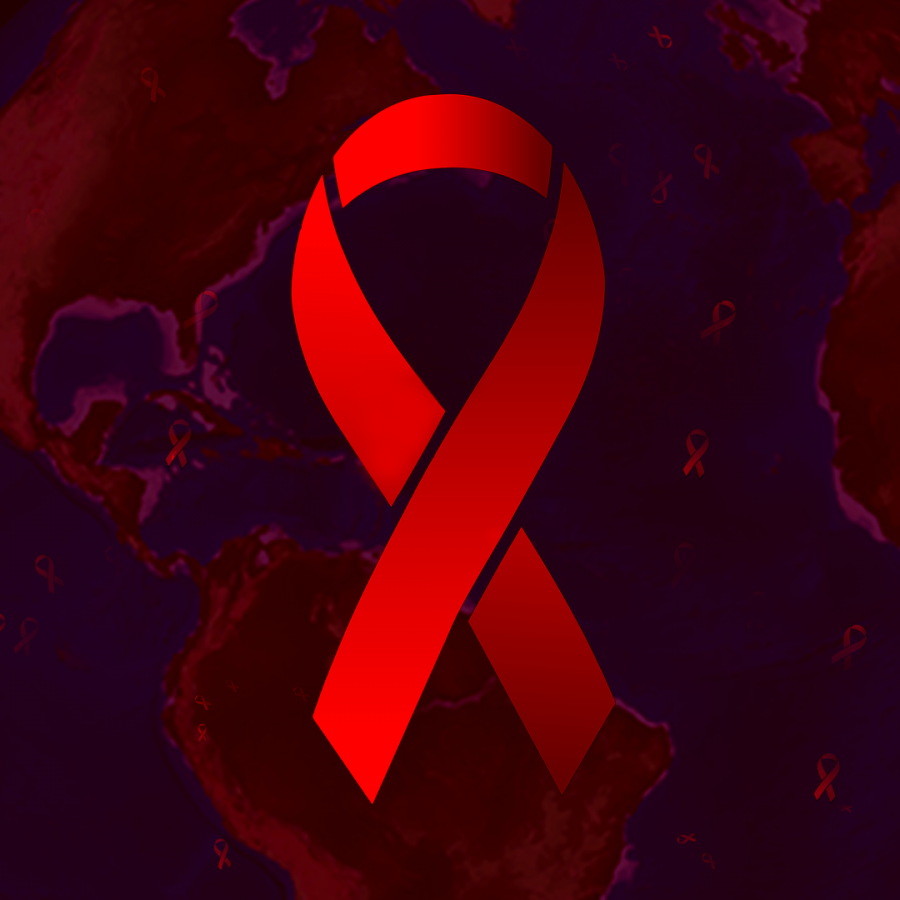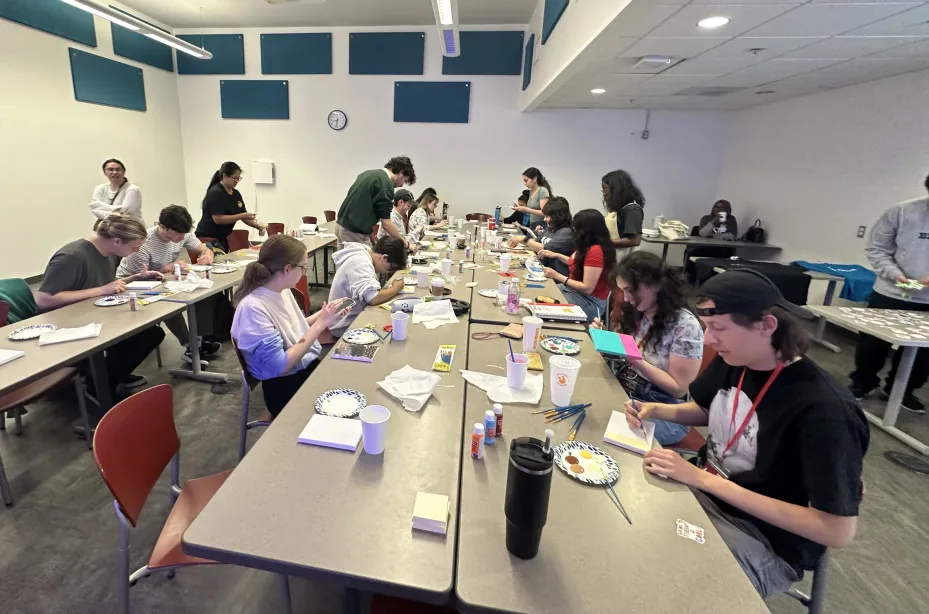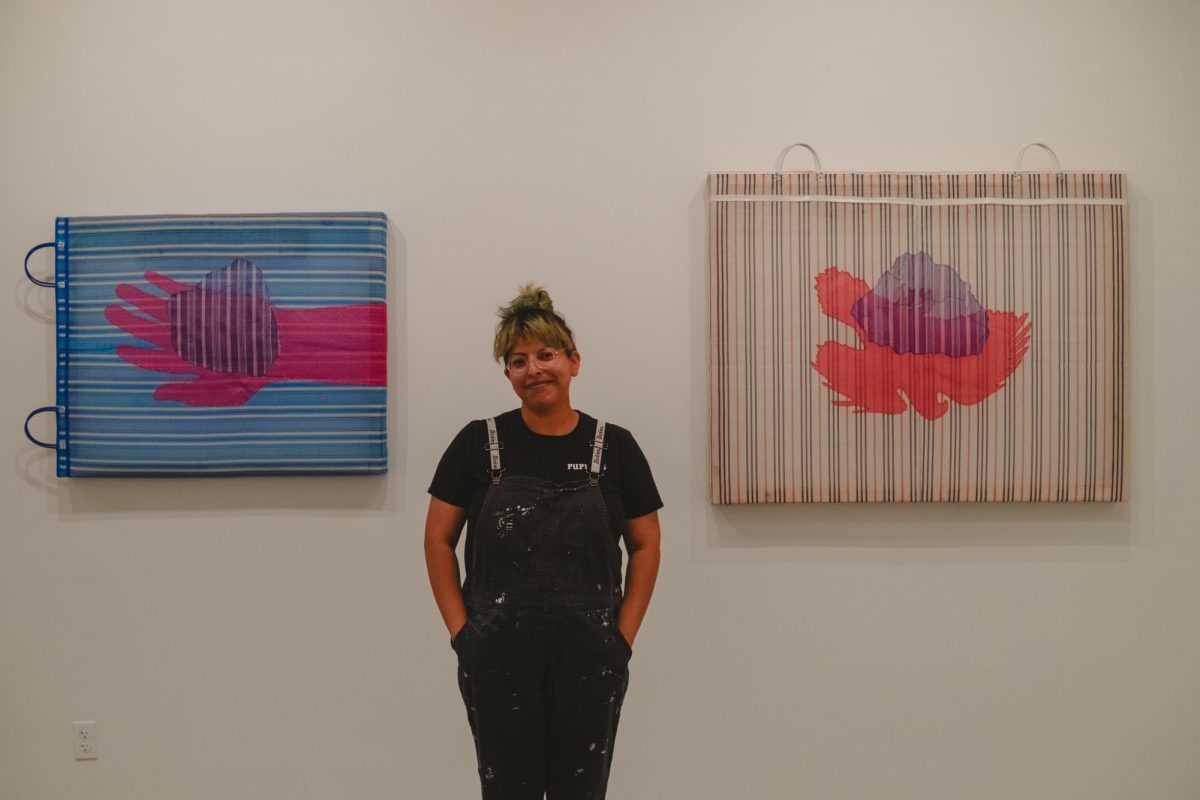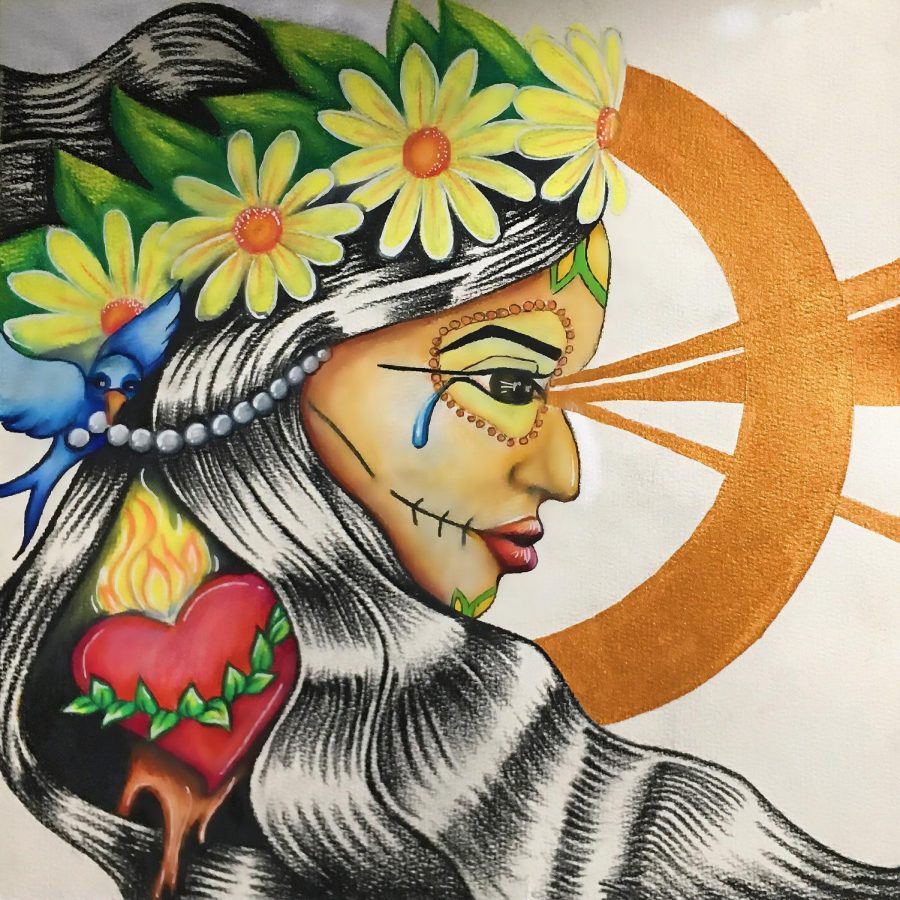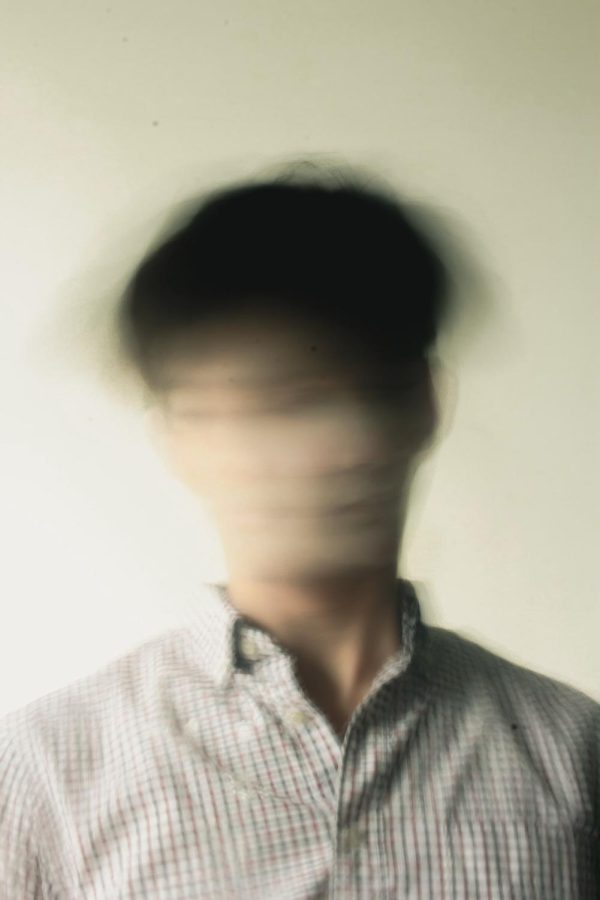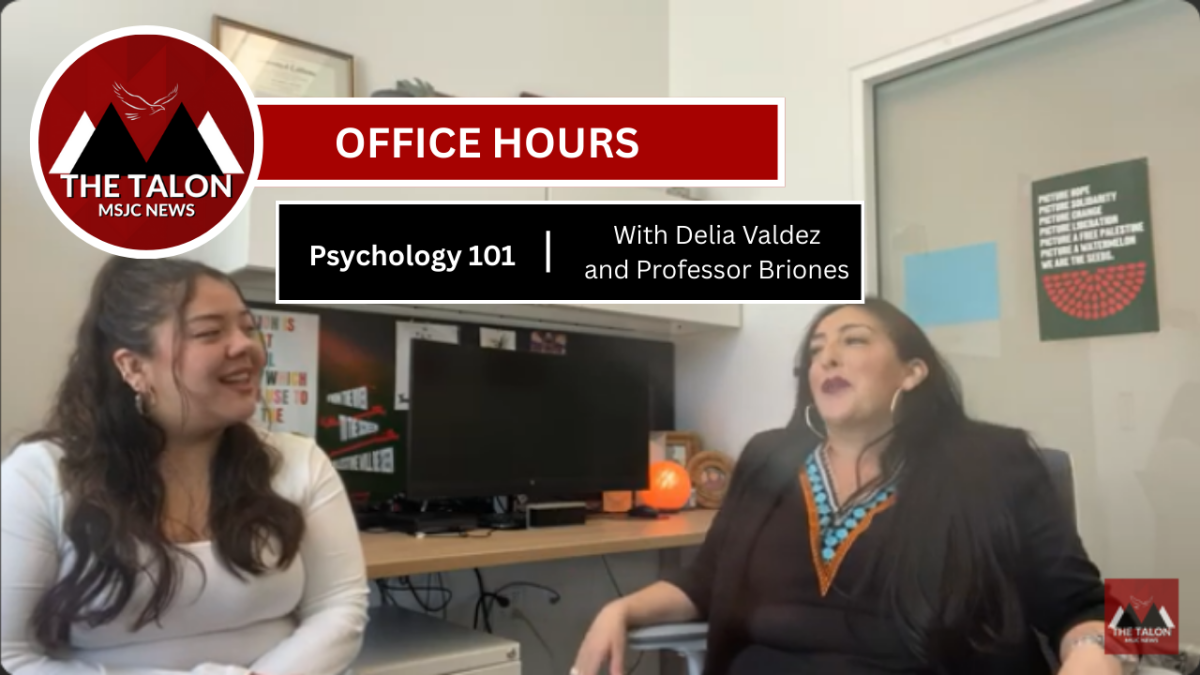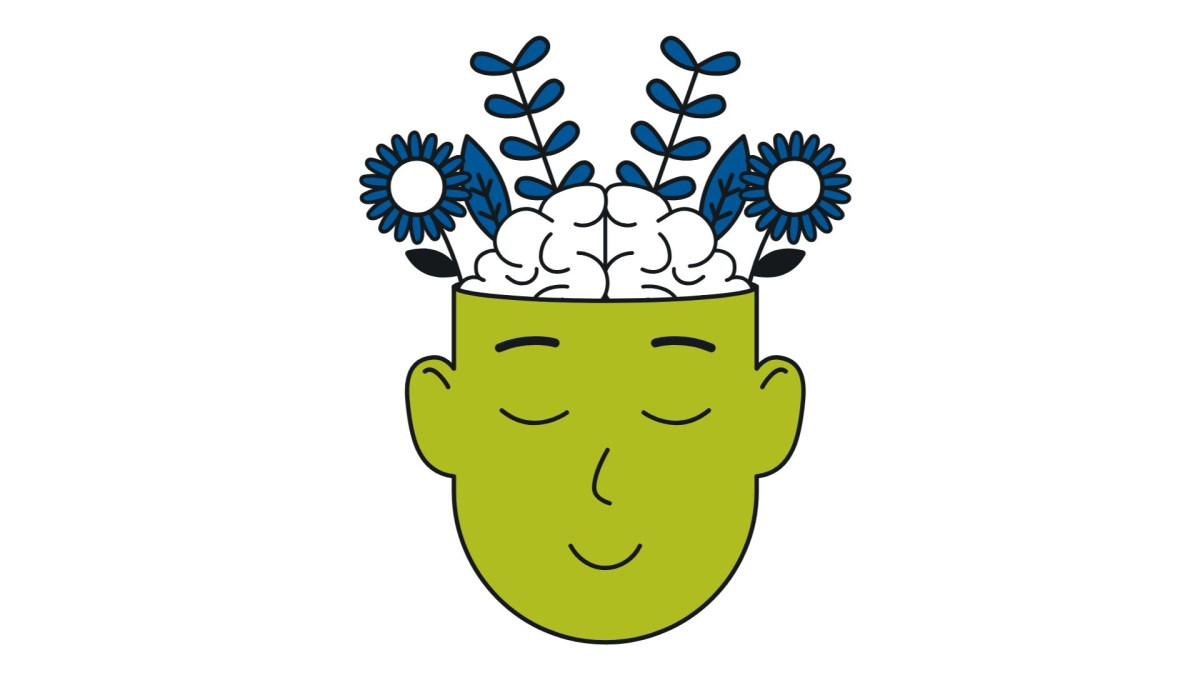Mental health is vital to maintaining your life and helps determine how you handle stress, relate to others, and make healthy choices. Mental health is important at every stage of life, from childhood and adolescence through adulthood. As the weather gets colder, alongside the recent daylight saving time, some people develop seasonal depression, and it is just as important to maintain it in their lives once the seasons change. Seasonal depression, also known as seasonal affective disorder, is a mood disorder characterized by depression that occurs at the same time every year. Seasonal affective disorder occurs in climates with less sunlight at certain times of the year.

It is more common in people who live farther north, where there are shorter days in the winter. It’s also more common in younger people and women. Although many people love winter and fall, some dislike it, which can affect their mood or mental health. In most cases, seasonal disorder symptoms start in the late fall or early winter and go away during the spring and summer. This is known as winter depression. While winter/fall months are the most common time when those with SAD are affected, other people experience depressive symptoms during the spring and summer months. Many people who do not have this disorder often question why this occurs. Seasonal changes trigger this type of depression and are likely caused by a combination of factors, such as the reduction of sunlight exposure in the fall and winter, which can lead to chemical changes in the brain. For those during the warmer months, the heat can be oppressive for some people, leading them to hide out in air conditioning or skipping walks. One may have reduced melatonin levels, consistent with long, hot days and worsening sleep quality, which leads to depression symptoms.
The most difficult months for people with SAD in the United States tend to be January and February; symptoms usually occur during the fall and winter months when there is less sunlight and usually improve with the arrival of spring. This type of depression can take a toll on some people’s lives when the month of their symptoms starts to appear. It can be treated with light therapy, antidepressants, or a combination of the two. Most people who seek treatment for SAD see improvement within weeks.

There are many ways to help seasonal depression, as it is a treatable condition that affects mood, sleep, appetite, and energy levels. Treatment includes getting as much natural sunlight as possible by walking outside or sitting near a window. When there are days when the sun is not out, you can use a lightbox to simulate sunlight exposure. Regular physical activity, especially outdoors and in daylight, can help those who have seasonal depression, as getting fresh air and moving around can improve your lifestyle a lot. Spending time with friends and family and planning fun activities can also help, especially with the many festivities this time of year. If possible, taking a vacation to a sunny location in the winter or a cooler location in the summer can help improve your mood a lot when dealing with seasonal depression, as taking care of your mental health is very important.
References
Mayo Clinic staff. (2021) “Seasonal affective disorder (SAD) – Diagnosis & treatment.” Mayo Clinic. mayoclinic.org.
“Seasonal Affective Disorder.” National Institute of Mental Health. nimh.nih.gov.
https://www.nimh.nih.gov/health/publications/seasonal-affective-disorder








